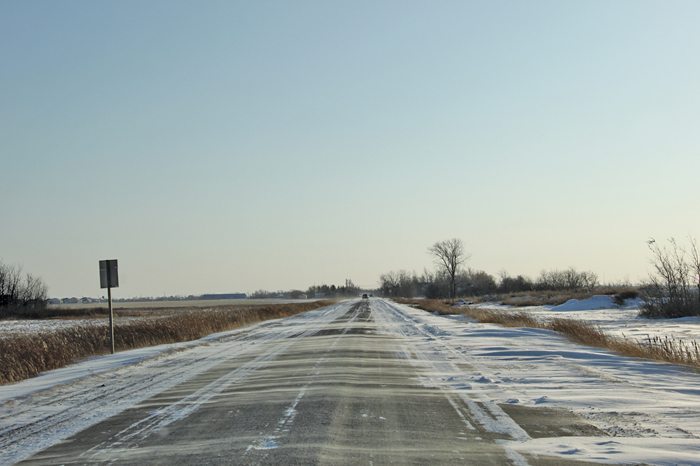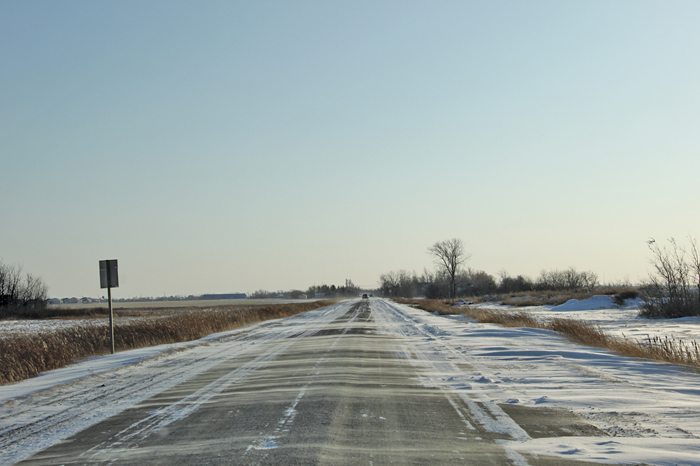
“While we are working to take care of the roads, we need help from drivers,” said WSDOT Spokesman Doug Adamson. “Many times our crews will have someone pass them dangerously, only to find them in a ditch further down the road.”
Advertisement
Advertisement
Drivers are urged to have patience while driving around WSDOT crews, as well as any other emergency or work vehicle with lights activated. Be sure to reduce speed and, if possible, move over while passing collision scenes, traffic stops and construction/work zones, especially in winter conditions.
Before getting behind the wheel, drivers should take an inventory of their vehicles and ensure they are road worthy for winter conditions. Check tire pressure, tread depth, vehicle fluids and ensure brakes are properly functioning. Pack a set of chains in case of snow, especially for anyone traveling over mountain passes. Include an emergency kit in your car complete with blankets, spare clothing, non-perishable food and water in case you become stuck and have to wait for emergency response.
Motorists are asked to give themselves extra time on icy or snowy mornings to ensure they can make it to their destination safely. Take a few extra minutes to ensure your vehicle is warmed up, windows are clear of any obstructions and the vehicle’s lights can be seen by other drivers.
Once on the roads, make sure to pay attention to changing roadway conditions. In any adverse weather conditions increase following distances, reduce speed and remain alert for potential hazards such as wet, icy or snowy roadways, as well as fallen trees, downed power lines and mud slides.






